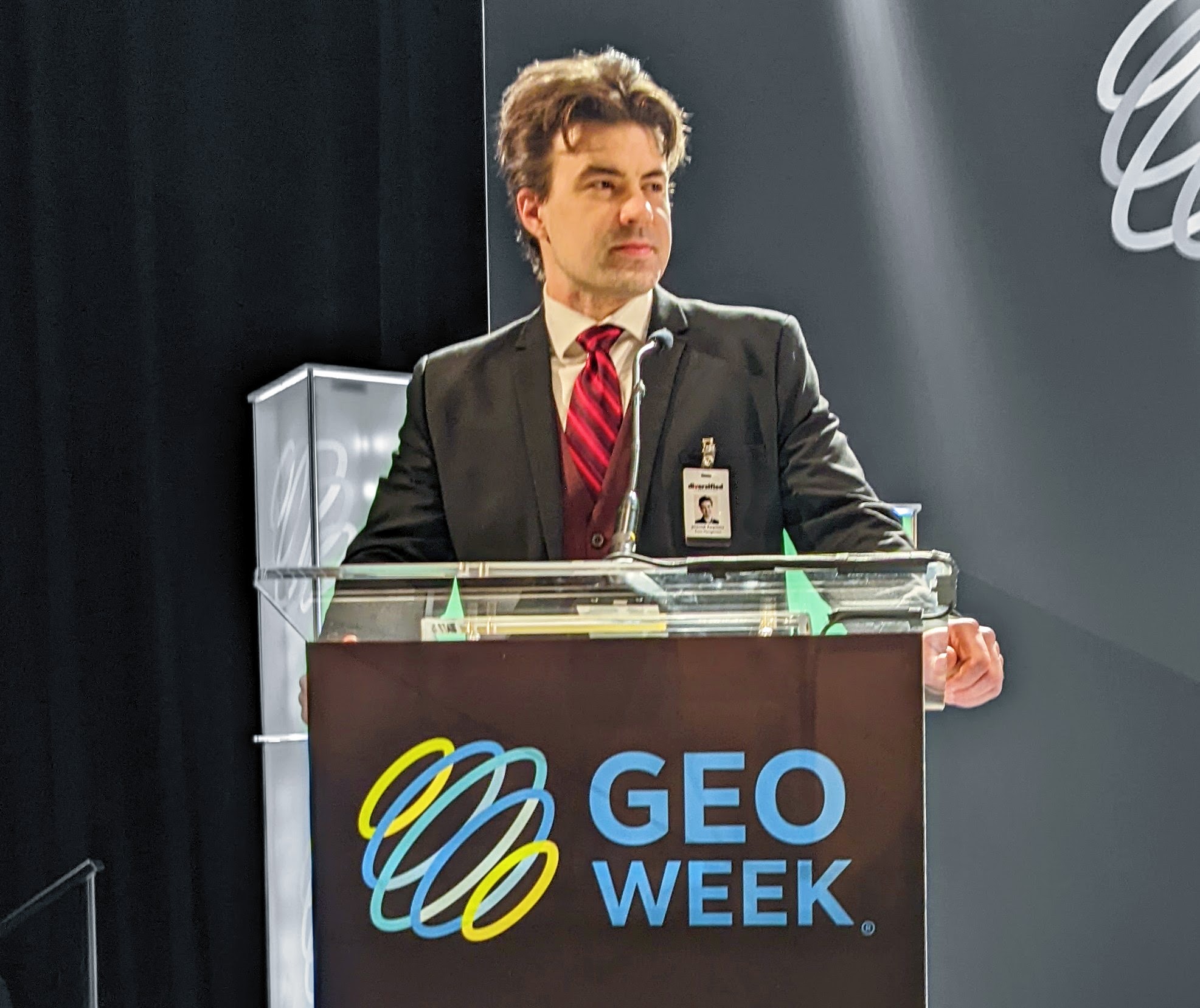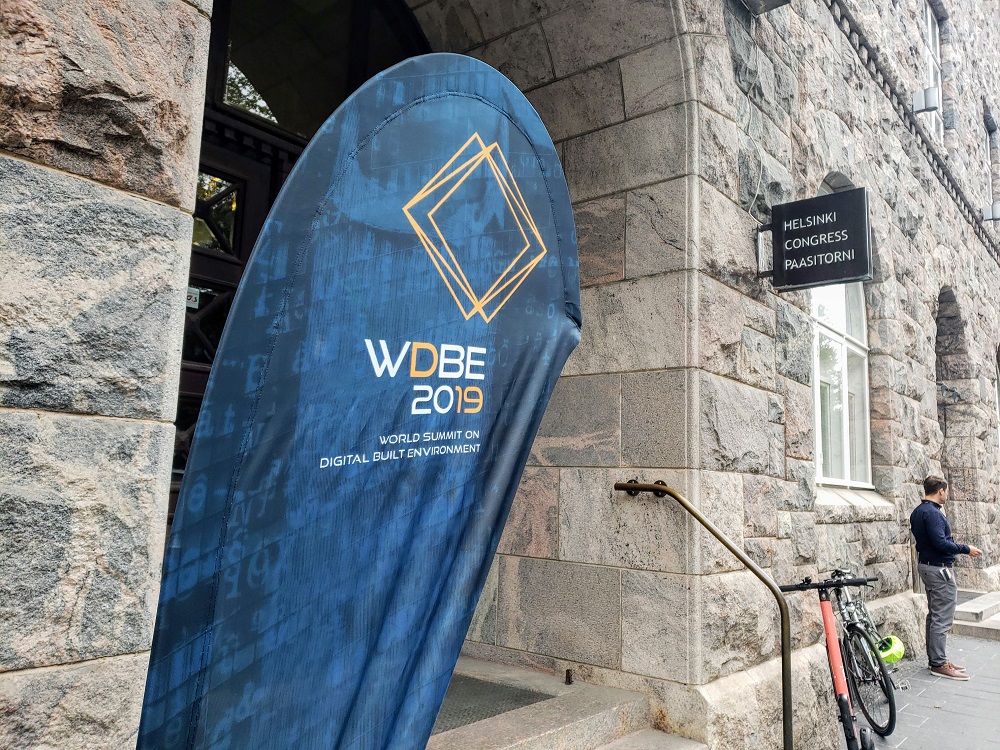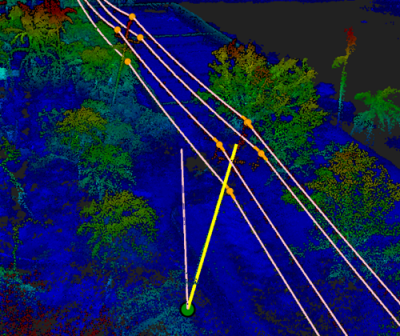Talk about making cities “greener” has been happening for years now, but reports about climate change and unsustainable cities has driven these efforts to another level. City stakeholders from around the world have begun to realize that their economic models need to be redefined to off-set carbon footprints and create a new paradigm around how entire cities can be sustainable. At the World Summit on Digital Built Environments, presenters from across Europe talked through smart city solutions they have created or adopted to help solve political, economic, social, technical, environmental and legal challenges that are often associated with the effort to enable truly sustainable cities.
How do we stop the built environment from killing the planet? Challenges and opportunities to work through at #WDBE2019 @WDBESummit pic.twitter.com/2S9PBZeBG9
— Jeremiah Karpowicz (@jeremiahkarp) September 24, 2019
The concept of the built environment killing our planet might not be an obvious one, but Mr. Aapo Huovila from the VTT Technical Research Centre of Finland talked through some of the ways that energy and modes of mobility are creating unbearable living conditions. Such realities are leading to unsafe and unhealthy environments which are having a wide-reaching impact. That’s the reason his organization created MAtchUP, which are common technical, economic and social frameworks for the evaluation of Smart City projects. Frameworks are based on formerly defined CITYKeys KPI’s that allows the necessary data to be made available to decision-makers and citizens.
Six of the largest cities of Finland have committed to being carbon neutral in the next 15 years, and Mr. Tuomas Vanhanen from the City of Tampere along with Mrs. Ann-Sofi Österberg-Aikio from the City of Turku were at the World Summit on Design Built Environments to explain how their cities are approaching this task. Their efforts are ultimately about how to build a new urban district, which comes down to enabling an interactive energy system along with carbon smart and cost-efficient solutions. The network and cooperation between businesses and cities are essential in the process to enable these systems, as cities of the future need modern models not only for traditional city planning but also for collecting and using modern, real-time data. Information collected from buildings and different types of simulations is being used to create intelligent solutions that will have a significant impact on the achievement of global climate goals that Finland’s commitment to being carbon neutral will help define.
“We need new ways to measure energy efficiency, because higher usage might also mean more effective usage,” from Ann-Sofi Osterberg-Aikio at #WDBE2019 pic.twitter.com/VOsUQRvxn0
— Jeremiah Karpowicz (@jeremiahkarp) September 24, 2019
BIM is a concept that all AEC professionals are familiar with, but how can BIM be utilized for energy knowledge management? Ms. Tarja Mäkeläinen from the VTT Technical Research Centre of Finland focused on that very concept in her presentation, talking through the possibilities that can result from the energy-efficiency management of buildings with the help of improved BIM skills. BIM offers potential benefits for the better management of performance aspects of buildings as well as lean aspects, illustrating just how essential BIM can be to and for sustainability issues.
In bringing together data, energy and building infrastructures, the Sello Project in Finland has been able to demonstrate what transformational performances for entire ecosystems can look like. Mr. Jaano Juhmen from Siemens discussed his company’s involvement in these sorts of projects that are ultimately about harmonizing data, infrastructures and individual lives around the world. He also discussed what it meant to get stakeholders to move forward with these kinds of ambitious projects, which often goes beyond the project simply making business sense.
Why do city stakeholders typically move forward with sustainable city initiatives? Because they make business sense, but that’s not the only reason. #WDBE2019 pic.twitter.com/LJufdU9wCt
— Jeremiah Karpowicz (@jeremiahkarp) September 24, 2019
Two critical questions around the implementation of a circular economy in the built environment are, “how do we know how long something is going to last?” and “can we reuse it?” Ms. Katja Rodionova from Sweco Structures / HAMK provided insights around these potential answers by highlighting the importance of developing simulations early to answer these questions in the present and future. Doing so helps stakeholders direct funds towards environmentally sustainable solutions that they can rely on to perform as expected and needed.
Financing the built environment of tomorrow sustainably is no small feat, but Mr. Veikko Eeva from Lumoin Oy explained why doing so is so critically important. In Europe, the EU strategy calls require stakeholders to reach net-zero emissions by 2050 at the latest. For this to happen, it has been estimated that 3% of buildings in the EU need to be renovated every year, up from just 1% today, to save in energy costs. Cities of all sizes face a financing gap to actually make these changes happen though, so what is their recourse? That process varies from place to place, but it’s one that must begin with a discussion and fact-finding endeavor to explore where and how funds can be diverted.
A sobering look at the required assets and resources needed to reduce carbon emissions, at #WDBE2019 pic.twitter.com/xJda5sHCC4
— Jeremiah Karpowicz (@jeremiahkarp) September 24, 2019
Finally, Ms. Katri Kallio-Koski from Compensate underscored the carbon impact of the goods and services each of us uses throughout our day. Her organization’s goal is to facilitate a worldwide paradigm shift in consumer behavior that ranges from helping people to discover how their everyday choices create climate costs to how they can gain the personal power to help remove carbon from the atmosphere.
All of the presenters were focused on sustainable city initiatives to one degree or another, and their efforts to work through adoption and integration challenges are redefining the way cities can work and function to truly become “smart cities.”
What is the journey to a carbon negative future? Insights from Katri Kallio-Koski at #WDBE2019 pic.twitter.com/pLauLOBvit
— Jeremiah Karpowicz (@jeremiahkarp) September 24, 2019






